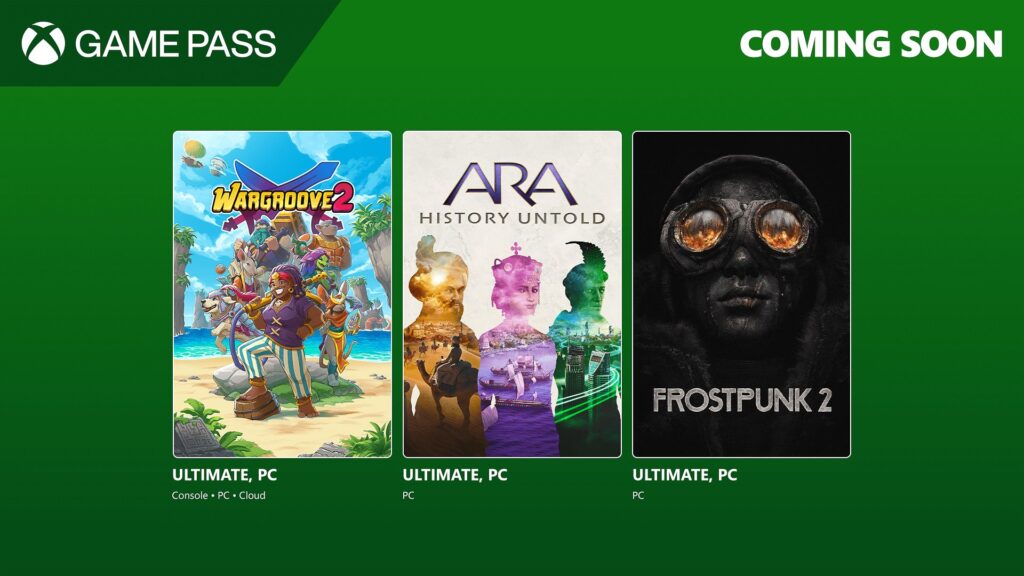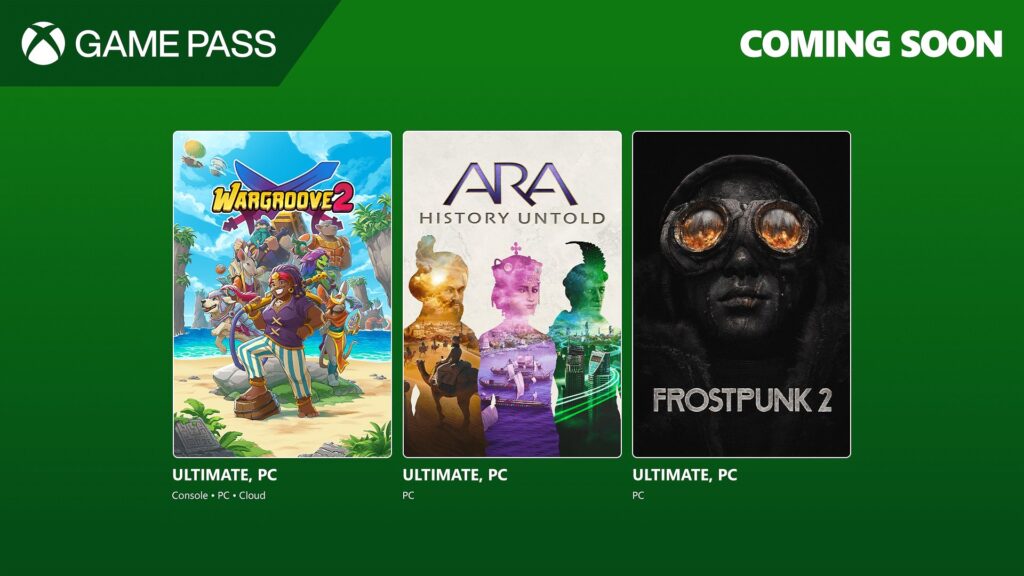The post War Game: The Making of S.T.A.L.K.E.R. 2 – Available October 3 appeared first on Xbox Wire.
Category: Video Games
Dead Rising Deluxe Remaster: 12 ways Capcom renovates Willamette Mall
The Plucky Squire Review
As a lifelong Zelda fan, I’m always hesitant when other developers set out to make a game so clearly inspired by Nintendo’s acclaimed action-adventure series. I find that the puzzle design never quite reaches Zelda’s incredibly lofty bar, and I’m usually left wishing I was just playing Ocarina of Time or A Link Between Worlds instead. But The Plucky Squire breaks that trend, with a combination of clever brain teasers, simple but effective swordplay, and a courageous silent protagonist that would feel right at home in Hyrule. The adventure is held back by an overly wordy script and some serious pacing issues in its final act, but this debut game from developer All Possible Futures is still a journey worth taking.
The Plucky Squire’s elevator pitch is brilliant: You play as Jot, the hero of a children’s book who learns early on that he is, in fact, just the hero of a children’s book. This leads to a surprisingly meta story where Jot leaps between the 2D pages of his picture book and the 3D real world around it, which is represented by the childhood bedroom of a young Plucky Squire superfan named Sam who collects all of Jot’s stories and merchandise. That unique premise paves the way for The Plucky Squire’s inspired puzzle design.
While within the story’s beautifully animated depictions of beaches, villages, and mountaintops, Jot can manipulate the book’s text to alter his reality and get past obstacles. Need a closed gate to swing open? Jot can literally pick the word “Open” off the page from another sentence in the book and swap it into the prose lying in front of the shut gate. It plays out like a (substantially) lighter version of Baba Is You’s rule manipulation, and it’s a blast to experiment with different combinations of nouns and adjectives to see how the world reacts, like turning a tiny frog into a giant frog for no reason other than wanting to see if it would work. (Spoilers: It did.) It’s not the most flexible system – each scenario with this concept only includes a handful of eligible words Jot can interchange – but it’s still a really impressive mechanic the developers use in several smart ways throughout the adventure. Through the power of language, I filled a drained moat with water, turned sturdy columns into crumbling ones in order to topple them onto an enemy blocking my path, and a whole lot more.
Wordplay is just one smart way The Plucky Squire takes advantage of its storybook setting. Jot can also pop out of the book and turn from an adorable hand-drawn 2D character into a fully 3D version of himself that’s reminiscent of the toyetic look of the Link’s Awakening remake and the upcoming Echoes of Wisdom. When outside of the book, Jot can play God and directly manipulate the world within, with powers like tilting the book on its side to slide blocks around or even flipping back to an earlier page to grab a word or item that he needs on the current one. Backtracking through pages to find The Plucky Squire’s optional hidden collectibles also resulted in some cool “aha!” moments, and I could see myself going back to snag the ones I missed. The book’s myriad uses forced me to zoom out and think bigger about the tools at my disposal, and The Plucky Squire hits some awesome puzzle-solving highs within these segments.
The only issue is how many hints The Plucky Squire constantly throws at you. Before I was set loose on most puzzles, Jot’s endearing companions Violet, Thrash, and Moonbeard have a whole conversation about what you need to do. This inclusion is even more confusing when you take into account The Plucky Squire’s well-implemented optional hint system, where a recurring character that’s pretty much always around will tell you exactly what you need to do next if you ask for help. It’s frustrating that the developers lay out too much information through mandatory dialogue rather than leaving it to the hint system so experienced players can try to piece it all together without hand-holding.
In fact, chattiness is a problem throughout the entirety of The Plucky Squire. Characters are always stopping to have lengthy conversations about what to do next, and while it’s all well-written dialogue, I found myself wanting to mash through these extensive sequences to get back to the action. The incessant over-explanation of Jot’s mission to take down the evil Humgrump is one way The Plucky Squire feels aimed squarely at a younger audience, but the witty humor and lighthearted tone just barely save it from becoming a major drawback.
The outside world goes well beyond the pages as Jot explores Sam’s bedroom to find new abilities to interact with his book. These exploration sections are a wonderful change of pace from the puzzling nature of the storybook, and Sam’s bedroom is a delight to run around. Like you’d expect from a young boy’s room, toys and LEGO bricks are littered everywhere, and Jot platforms across playing cards and building blocks to find his next upgrade. In these sections, Jot can hop in and out of sticky notes and children’s drawings, which makes the whole thing feel like a creative take on A Link Between Worlds’ wall-merging mechanic. There are a few minor technical issues in the real world – I noticed some shadows flickering in and out and I had one hard crash – but for the most part The Plucky Squire looked and ran great on PlayStation 5.
Combat works the same whether Jot is in or out of the book. He can swing his sword, throw it at enemies like a boomerang, and make use of powerful jump attacks and spin attacks. These moves can all be upgraded at shops that pop up across the land of Mojo, where you spend currency that’s mostly found – fittingly – by cutting grass. The swordplay is simple, fun, and rarely challenging, but for a game mostly focused on puzzles, I don’t mind that the fights are basic bouts to rip through on your way to the next big riddle.
The Plucky Squire is also continuously working to shake things up. There are plenty of 2D platforming segments within the book’s pages, and sometimes the book turns vertically to give things a fresh perspective. But The Plucky Squire really flexes its creative muscles within the minigame segments that crop up regularly throughout Jot’s journey. There are homages to things like Punch-Out!!, rhythm games, shmups, and more that I won’t spoil here. Whether you’re uppercutting a honey badger or fighting off aliens while flying around inside a toy box, every minigame here is so charming and fun to play, and I loved seeing how the developers shook up the art style and character designs for each one.
With great pacing between the storybook, real world, and minigames for the first five hours of the roughly eight-hour campaign, it’s jarring when The Plucky Squire completely loses its stride in the final act. First, Jot loses all his abilities, and you’re forced to go through a very generic stealth section to recover all the powers you already spent the entire game gathering. It’d be like if Metroid ripped all of Samus’ upgrades away moments before the final boss and forced you to gather the Morph Ball and Grapple Beam a second time. What’s worse, this section takes place in an entirely monochrome world, sucking all the joy and color out of Sam’s bedroom and turning it into a dull trudge over tired ground. This section doesn’t take all too long, but it’s followed up with The Plucky Squire’s final dungeon, which is a repetitive march through samey rooms along with a rhythm stealth minigame I had to repeat three separate times. After facing a final boss that also goes on a phase too long, I was ready to be done before the credits even started rolling. It’s a shame, because The Plucky Squire is so delightful for most of its runtime, but that last third unfortunately leaves behind a sour aftertaste.
The Plucky Squire review: a charming storybook adventure, but I wish it let you go full plucko mode

I really wanted to like action adventure The Plucky Squire more than I do now, having given its charming 2D to 3D platforming a proper whirl. Yes, it’s lovely to look at. Yes, hopping out of a storybook and making friends with an illustration on a coffee mug is cool. And yes, everyone can have a mildly fun time with its puzzles and fights. But that’s the problem: who is everyone? At first I thought, “This game is for young kids and that’s fine!”, given its relative simplicity. Then I hit some puzzles and thought, “Ain’t no kid figuring this out”.
Then it hit me. It struggles to balance the fine line between being approachable for tiny tots and layered enough for people who’ve graduated from “goo goo ga ga” to “oo oo aa aa my back hurts”. And that’s down to how plucky you’re allowed to squire at any given time, because it can be surprisingly limited and, sadly, a bit underwhelming.
The Sims Project Rene Will Get Another ‘Small, Invite-Only’ Playtest This Fall
Today, Maxis dropped a ton of The Sims-related information spanning the games, the upcoming film, content creators, and more. While some fans may have been scouring the updates for news on next-gen Sims release Project Rene, there wasn’t much to go on…except that there will be another invite-only playtest of the game coming this fall.
Per Maxis, Project Rene will hold a “small, invite-only playtest” in the fall, “giving an early look at a multiplayer experience that explores joining friends and other players at a shared location.” Interested individuals can sign up to participate in the playtest here.
This is the second publicized public playtest Project Rene has held since its announcement, having previously had a similar small, closed playtest focused on furniture customization way back in 2022.
Project Rene was first announced in October of 2022 as the “next generation” of The Sims. Maxis has held off on referring to it as The Sims 5, and has said it expects the game to continue co-existing alongside The Sims 4 rather than replacing it. We’ve seen very, very little of the game since, though we know it allows for furniture customization on a level of detail previously impossible in the franchise, and that it will support cooperative multiplayer.
In the same update, Maxis announced a number of other The Sims-related news bits. These included confirmation of a previously-reported The Sims film directed by Kate Herron, and the introduction of The Sims 4 Creator Kits allowing content creators to craft and publish in-game assets in partnership with the studio.
We recently updated our review of The Sims 4 to reflect the state of the game in 2024, and gave the now free-to-play game an 8/10 thanks to its strong community and frequent updates.
Rebekah Valentine is a senior reporter for IGN. Got a story tip? Send it to rvalentine@ign.com.
UFO 50 review: a pixellated portrait of the 1980s that offers a strange sort of time travel
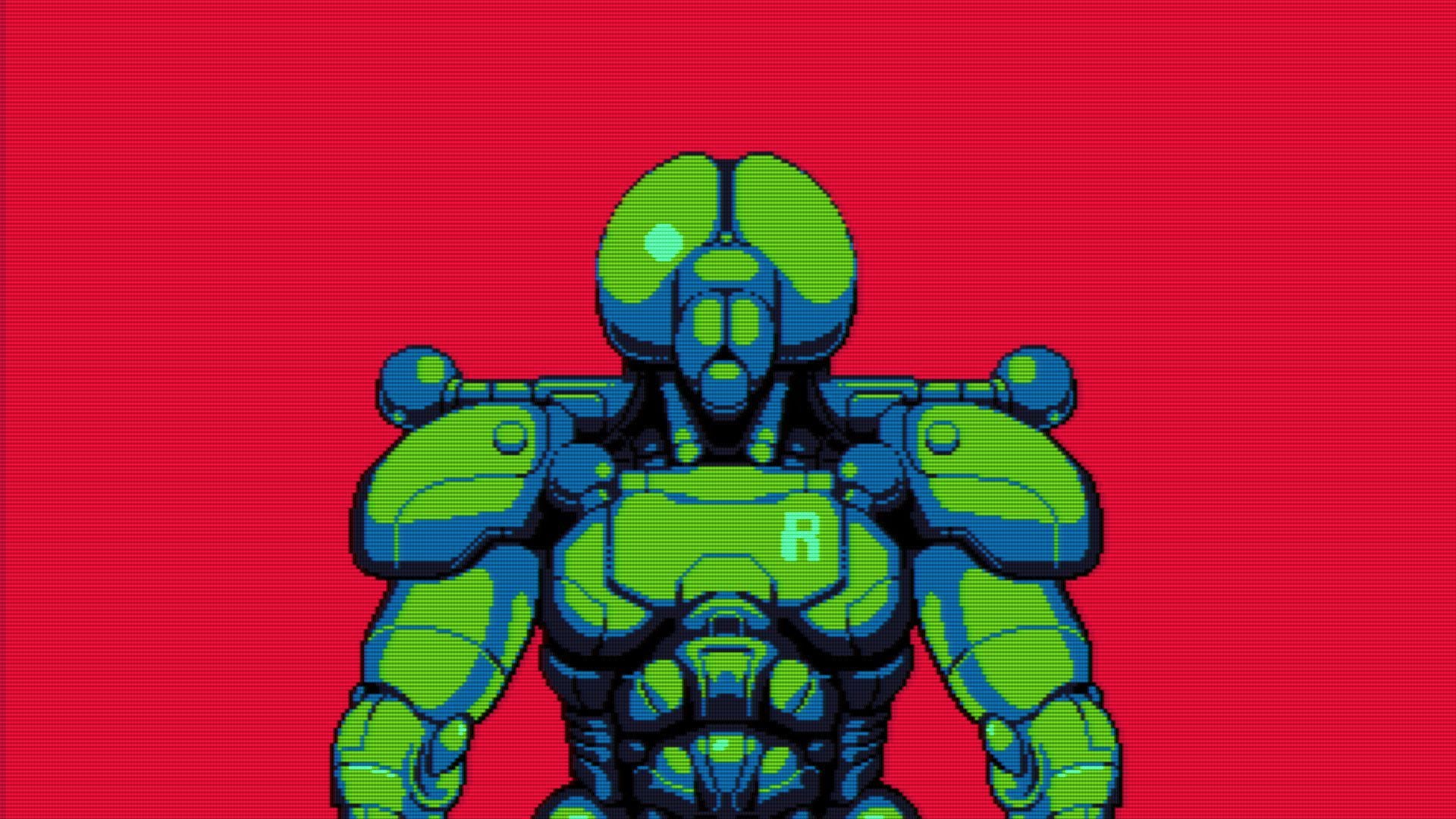
You can’t travel back to the 1980s. But what if I told you it was possible to gently warp your memories of that time? UFO 50 is a kart of 50 games that once existed for an old computer system, all lovingly restored by a gang of coders. The old console, of course, is a fiction. The LX-I never existed. But it’s a fun pseudo-history against which to create a grab bag of small games (some throwaway, others mighty) all designed with a distinct 80s look. It’s an exercise in adhering to an aesthetic. Like an oil painter working with a limited range of colours, the developers of this bundle have stuck to a 32-bit equivalent of the Zorn palette. Yet play a little of each game, and you start to sense the smirk of chronos. These games aren’t stuck in the past, but they are enjoying a holiday there.
People’s heads keep exploding for no good reason in I Am Your Beast and I’m very much onboard with it

Strange Scaffold’s newly released FPS I Am Your Beast is very fun for quite a few reasons, but chief among them is a deep appreciation for the poetry of good videogame violence. I’m not using the big P word just to throw out an overly worthy comparison to something we might associate with craft or beauty, but as a nod toward the game’s playful application of what I previously called ‘a euphoric splurge of murderous game verbiage’ one morning where I had clearly eaten my wordy Weetabix. The way its hurled knives and curb stomps and inexplicable decapitations flow together have an assonant, almost Suessian quality to them.
But it’s also, well, just a bit like Mad Libs. You play as Harding, a man who’s mythical lethality is established very early on. The showing is there in the moment to moment, but the telling is conveyed through cute tricks like how everyone you meet is so deeply afraid of Harding that they loudly keep track of exactly what weapon he’s holding at all times. The Mad Libs comes in through the fact that you can draw Harding a route between A and B, and it’s a given that multiple heads are going to come unstuck from necks along the way. You’re sort of just casually filling in the verbs that seem the most fun to you in the moment. One of the verbs is ‘hornet’. Hornet is a verb now.
Video: Gather ‘Round Kids, Sakurai Talks About CRT Displays
Back in my day…
Masahiro Sakurai is back with another video, and in this week’s ‘Grab Bag’ episode, the legendary game creator delves into the world of CRT displays.
Now, if you’ve been around long enough to actually own and play games on a CRT (which, yes, you can still do now if you happen to find one out in the wild), then Sakurai’s video will no doubt make you feel incredibly old. It certainly had that effect on us, at least. Nevertheless, it’s an interesting look into the technology that shines a light on why many retro games prefer it over more modern LCD displays.
Read the full article on nintendolife.com
Coming Soon to Game Pass: Ara: History Untold, Frostpunk 2, and Wargroove 2
We have games for all kinds of people, and in this batch, we especially have games for people who are ready to build their own city or civilization (and maybe watch it burn, who knows?). We also have games, Perks, and updates for adventure, sports, and more. Let’s jump in!
Coming Soon
Wargroove 2 (Cloud, Console, and PC) – September 19
Game Pass Ultimate, PC Game Pass
Embark on an all-new adventure filled with unlikely friendships, unknown adversaries, and ugly revenge plots. Wage war against your foes with a cast of new Commanders. Design and share maps, cut-scenes, and campaigns with easy-to-use editors and in-depth customization tools.
Frostpunk 2 (PC) – September 20
Game Pass Ultimate, PC Game Pass
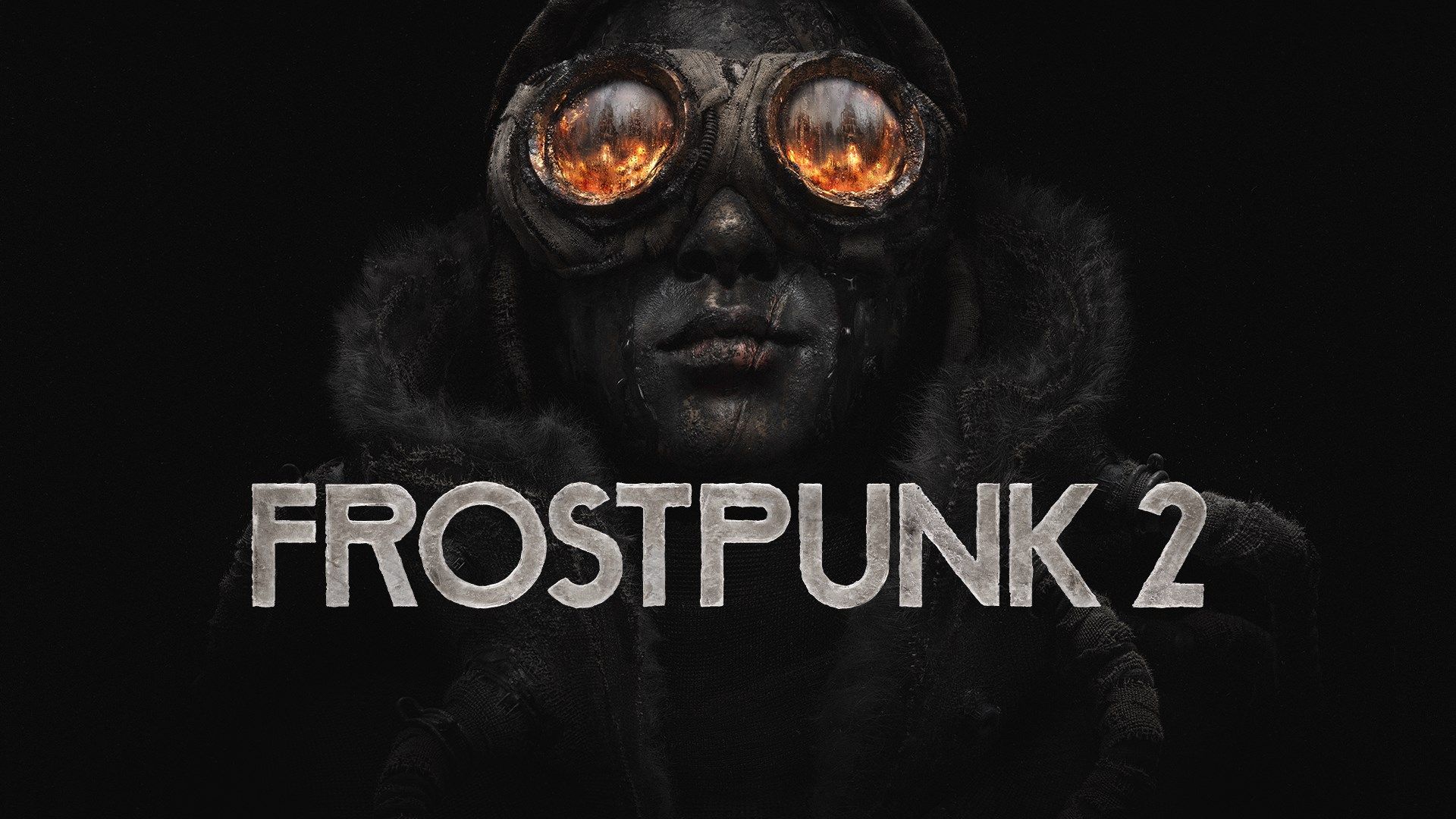
Coming day one to PC Game Pass: Take the role of a Steward and lead your city through a cascade of calamities taking place in a postapocalyptic, snowy setting. Develop, expand, and advance your city in a society survival game set 30 years after an apocalyptic blizzard ravaged Earth. In Frostpunk 2, you face not only the perils of never-ending winter, but also the powerful factions that watch your every step inside the Council Hall.
Ara: History Untold (PC) – September 24
Game Pass Ultimate, PC Game Pass
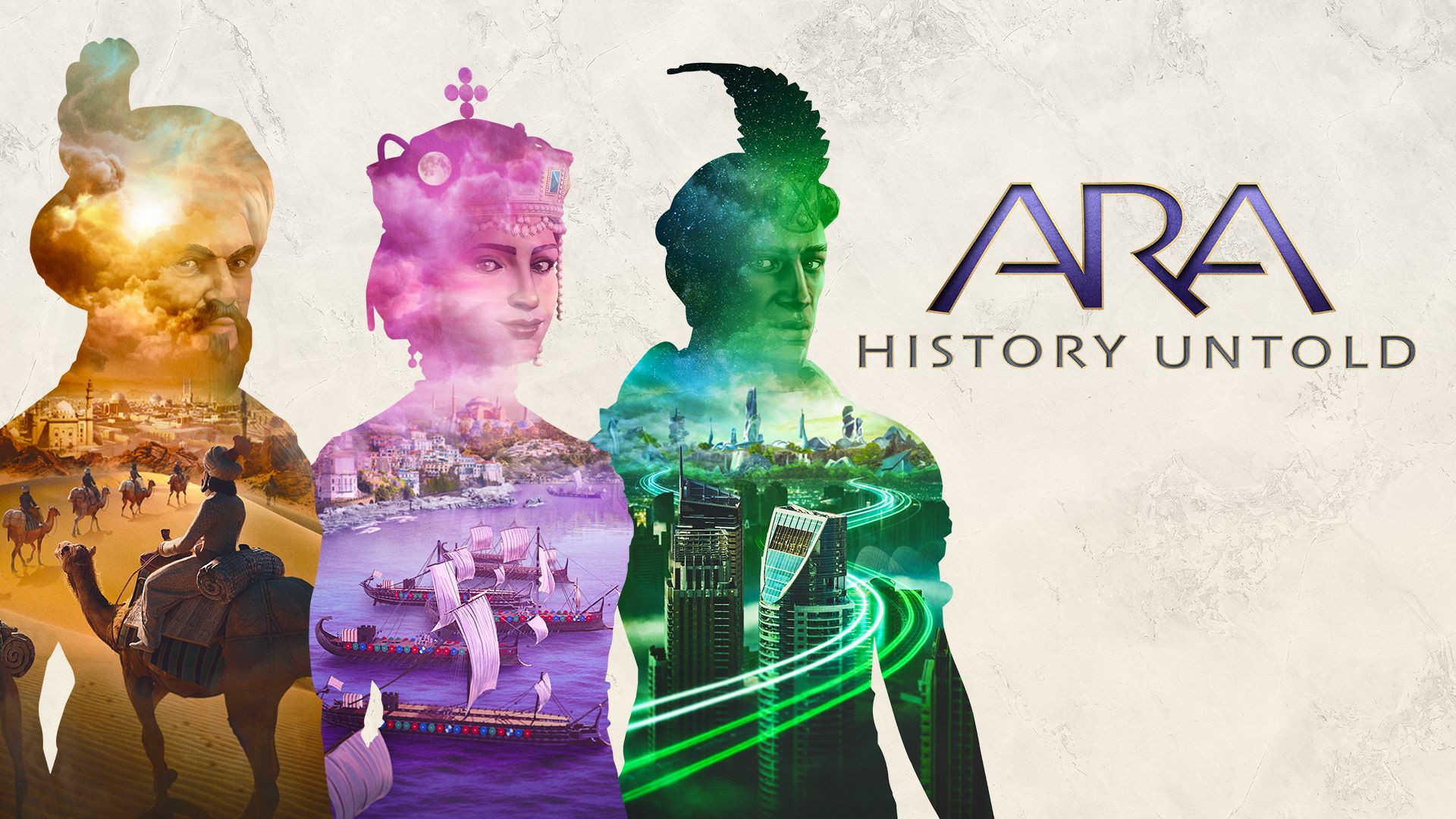
Coming day one to PC Game Pass: From Oxide Games and Xbox Game Studios, Ara: History Untold is an evolution in historical grand strategy, featuring beloved classic PC strategy mechanics alongside innovative gameplay. Build a nation and lead your people throughout history as you explore new lands, develop arts and culture, conduct diplomacy, and go head-to-head with your rivals to prove you are the greatest ruler ever known. It’s your world now. Pre-install today to get ready to play on day one.
Unlock In-Game Loot In Overwatch 2 with Game Pass
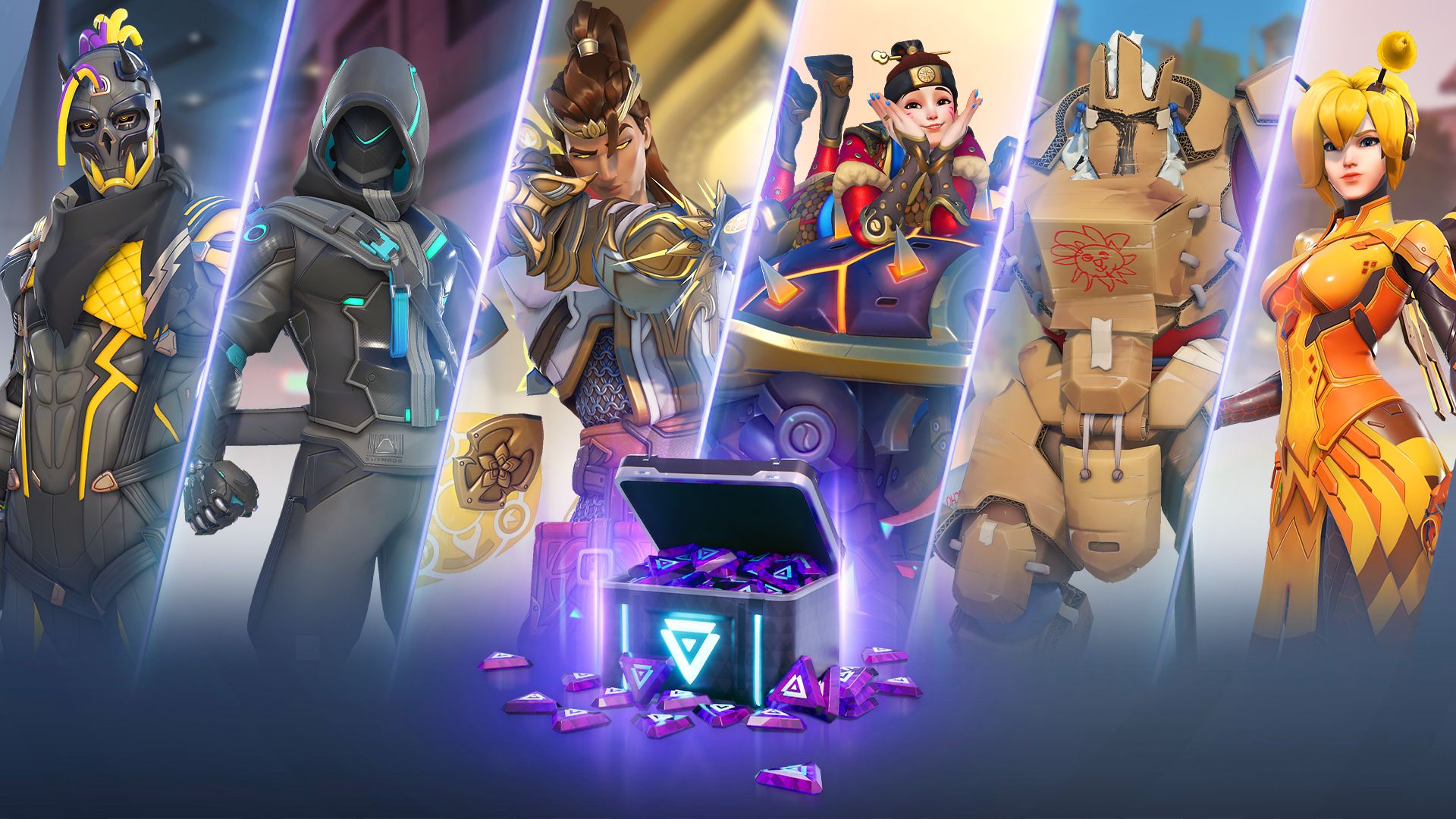
Starting today, Game Pass members will receive six awesome hero skins and an instant one-time grant of 30 Mythic prisms to spend on Mythic unlocks. These items will be yours to keep, but you’ll need to login and ensure that your accounts are linked by October 21 to claim them. Members will also earn ongoing rewards, including a stackable XP boost and access to Overwatch 2 Shop cosmetics from prior seasons. Overwatch 2 benefits are available to Game Pass Ultimate, PC Game Pass and Xbox Game Pass for Console members.
DLC / Game Updates
Fallout 76: Milepost Zero – Available now
Escort caravans across the Shenandoah and recruit a diverse crew of merchants to build your caravan empire. Customize your dream arsenal with the revamped Legendary Crafting system. Submit and upvote player C.A.M.P.s on the paper map with Best Builds.
EA Sports FC 25 Early Access Trial – September 20
Starting September 20, PC Game Pass and Ultimate members can try EA Sports FC 25 for up to 10 hours via EA Play and win for the club. Members unlock a Welcome Pack available until Oct 31, Football Ultimate Team Draft Tokens, and seasonal Clubs Rewards. Plus, save 10% on pre-orders, FC Points, and more.
Draft Tokens, and seasonal Clubs Rewards. Plus, save 10% on pre-orders, FC Points, and more.
Starfield: Shattered Space – September 30
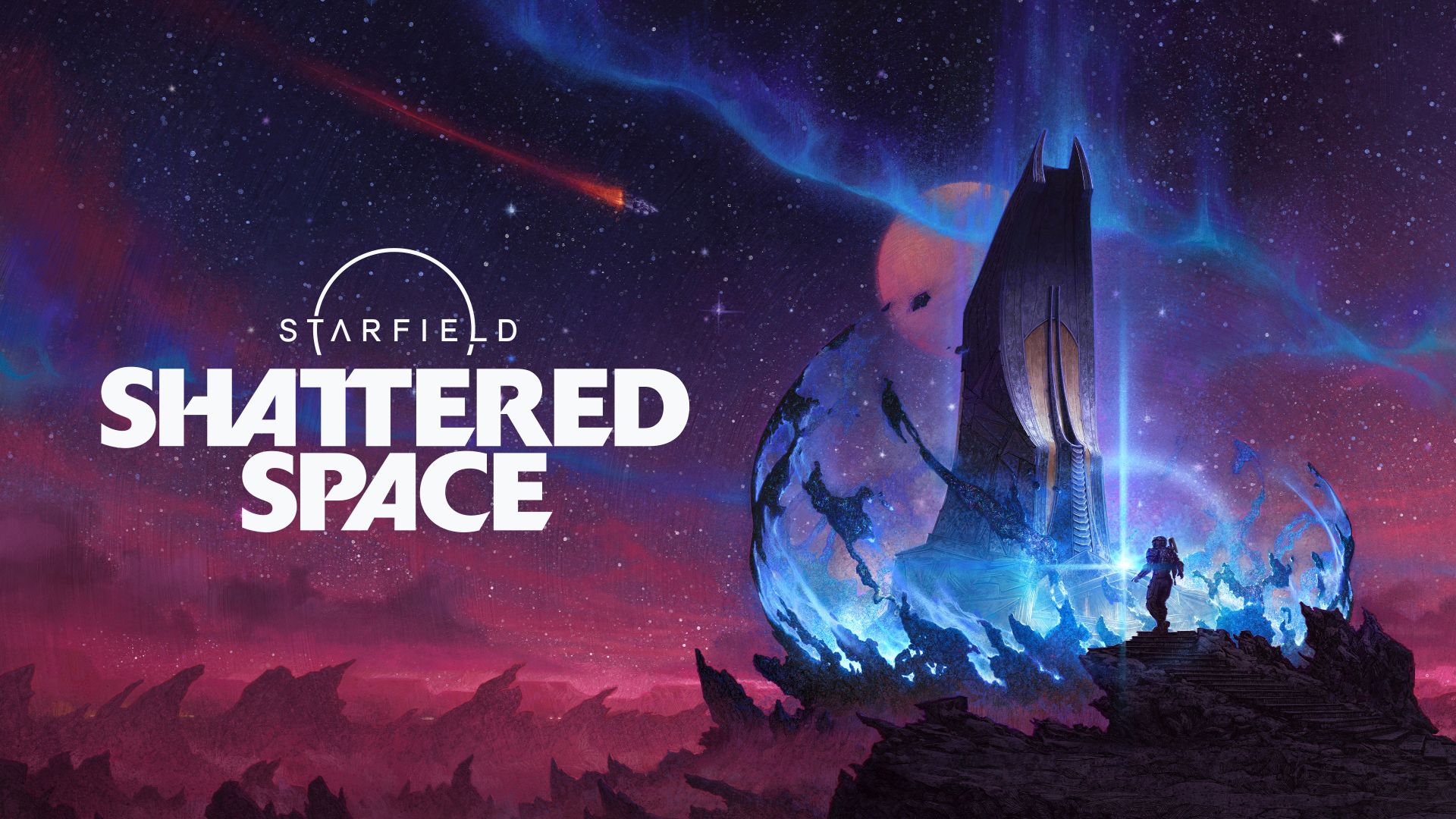
Game Pass members save 10%! Shattered Space is a new story expansion for Starfield, Bethesda Game Studios’ epic role-playing game and first new universe in more than twenty-five years. A mysterious power stirs in the city of Dazra on House Va’Ruun’s hidden homeworld. Investigate a frightening cosmic threat, explore a new planet, and find unique weapons, spacesuits, and gear in this all-new adventure.
Xbox Game Pass Ultimate Perks
Persona 3 Reload: Expansion Pass – Available now
The final story chapter just launched! Dive deeper into the world of Persona 3 Reload with this Expansion Pass featuring an extra story DLC “Episode Aigis -The Answer-”, offering over 30 hours of additional gameplay, new costumes, and BGM. All 3 waves are available now – dive into Episode Aigis today! This Perk content requires Persona 3 Reload to use.
The First Descendant: Season 1 Invasion Bundle – Available now
Enhance your gameplay in this co-op action RPG looter shooter with the Season 1: Invasion Bundle! Featuring a stylish pink back accessory, unique weapon skins, vibrant sprays, custom makeups, and bold paints.This bundle lets you stand out in every battle!
Apex Legends: Bright Idea Weapon Charm – Available now
Add some flair to your arsenal with the Apex Legends Bright Idea Weapon Charm, available with your EA Play Membership!
Bright Idea Weapon Charm, available with your EA Play Membership!
Hawked: Plunder Pack 2 – Available now
Daring adventures await in Issue #2: Dark Arrival, so load up on new loot for Xbox Game Pass Ultimate members to use in this free-to-play online extraction shooter. Claim the intrepid Evergreen Outfit, blaze by on the Halcyon Green Hoverboard, and make your mark with the Slash Weapon Pattern!
Leaving September 30
The following games are leaving the library soon, so be sure to jump back in before they go. Remember you can save up to 20% off your purchase to keep them in your library.
- Gotham Knights (Cloud, Console, and PC)
- Let’s Build a Zoo (Cloud, Console, and PC)
- Loop Hero (Cloud, Console, and PC)
- My Time At Portia (Cloud, Console, and PC)
- PAW Patrol Grand Prix (Cloud, Console, and PC)
- Pheonix Wright: Ace Attorney Trilogy (Cloud, Console, and PC)
- The Walking Dead: The Complete First Season (PC)
- The Walking Dead: Season Two (PC)
- Valheim (Cloud, Console, and PC)
It was great seeing everyone jump into the Beta last weekend for Call of Duty: Black Ops 6! Now we just need to (im)patiently wait for October launch. In the meantime, we’ll be here with more games to play, or you can tune into @Xbox, @XboxGamePass, and @XboxGamePassPC on social for what else is coming to your download queue next. Cheers!
The post Coming Soon to Game Pass: Ara: History Untold, Frostpunk 2, and Wargroove 2 appeared first on Xbox Wire.
Xbox Game Pass September 2024 Wave 2 Lineup Announced
Microsoft has announced the Xbox Game Pass September 2024 Wave 2 lineup, taking subscribers up to the end of this month.
Just three games are listed as coming during September’s second wave in Microsoft’s Xbox Wire post, two of which are PC-only strategy games that launch day one on Game Pass, the other a turn-based strategy game released last year.
Wargroove 2 (Cloud, Console, and PC) hits Game Pass Ultimate and PC Game Pass on September 19; PC strategy game Frostpunk 2 releases as a day one title straight into Game Pass Ultimate and PC Game Pass on September 20; and Ara: History Untold on PC launches straight into Game Pass Ultimate and PC Game Pass on September 24.
Wargroove 2 is Chucklefish’s Advance Wars-style strategy sequel released in 2023. IGN’s Wargroove 2 review returned an 8/10. We said: “Wargroove 2 is still one of the best tributes to Advance Wars out there, and bigger than its predecessor in every way, even though otherwise not much has changed.”
Frostpunk 2 is the hotly anticipated city-building survival sequel from 11 But Studios. Check out IGN’s Frostpunk 2 hands-on preview to find out more about what to expect. And Ara: History Untold is Oxide Games’ new turn-based grand strategy Civ-like, published by Xbox Game Studios.
September 2024 Wave 2 is the first Game Pass update from Microsoft’s since its controversial introduction of its new Standard Tier, which does not include a number of first-party games such as Call of Duty: Modern Warfare 3, Starfield, and Diablo 4.
Microsoft announced the revised Game Pass tiers in July and as of September 12 the changes went into effect. Xbox Game Pass Ultimate has risen from $16.99 to $19.99 a month and still includes all the typical benefits, but the Xbox Game Pass Standard tier is quite different from its predecessor.
It replaces Game Pass for Console (though those already subscribed don’t have to upgrade) and includes significantly fewer benefits. Subscribers no longer gain access to day one titles or access to EA Play, Xbox Cloud Gaming, perks, Quests, and discounts on games in the Game Pass library. Microsoft said players would also be denied access to “specific entries to the Game Pass Ultimate library,” and that list has now been revealed to be fairly extensive.
Xbox Game Pass September 2024 Wave 2 Lineup
- Wargroove 2 (Cloud, Console, and PC) – September 19 Game Pass Ultimate, PC Game Pass
- Frostpunk 2 (PC) – September 20 Game Pass Ultimate, PC Game Pass
- Ara: History Untold (PC) – September 24 Game Pass Ultimate, PC Game Pass
None of the three September 2024 Wave 2 games are included in Xbox Game Pass Standard / Game Pass for Console. Game Pass subscribers don’t get the upcoming Starfield expansion, Shattered Space, either upon its September 30 release date. Instead they can save 10%.
Game Pass members do, however, get six hero skins and an instant one-time grant of 30 Mythic prisms to spend on Mythic unlocks in Blizzard’s free-to-play hero shooter Overwatch 2.
Microsoft is heavily rumored to be set to reveal a number of Final Fantasy games coming to Xbox consoles and Game Pass during its Tokyo Game Show 2024 broadcast, which is set for Thursday, September 26 at 7pm JST / 3am Pacific / 6am Eastern / 11am UK. Perhaps September will be fleshed out somewhat following the conclusion of the show.
Microsoft also confirmed the games leaving Game Pass later this month.
Leaving Game Pass September 30:
- Gotham Knights (Cloud, Console, and PC)
- Let’s Build a Zoo (Cloud, Console, and PC)
- Loop Hero (Cloud, Console, and PC)
- My Time At Portia (Cloud, Console, and PC)
- PAW Patrol Grand Prix (Cloud, Console, and PC)
- Pheonix Wright: Ace Attorney Trilogy (Cloud, Console, and PC)
- The Walking Dead: The Complete First Season (PC)
- The Walking Dead: Season Two (PC)
- Valheim (Cloud, Console, and PC)
Wesley is the UK News Editor for IGN. Find him on Twitter at @wyp100. You can reach Wesley at wesley_yinpoole@ign.com or confidentially at wyp100@proton.me.

